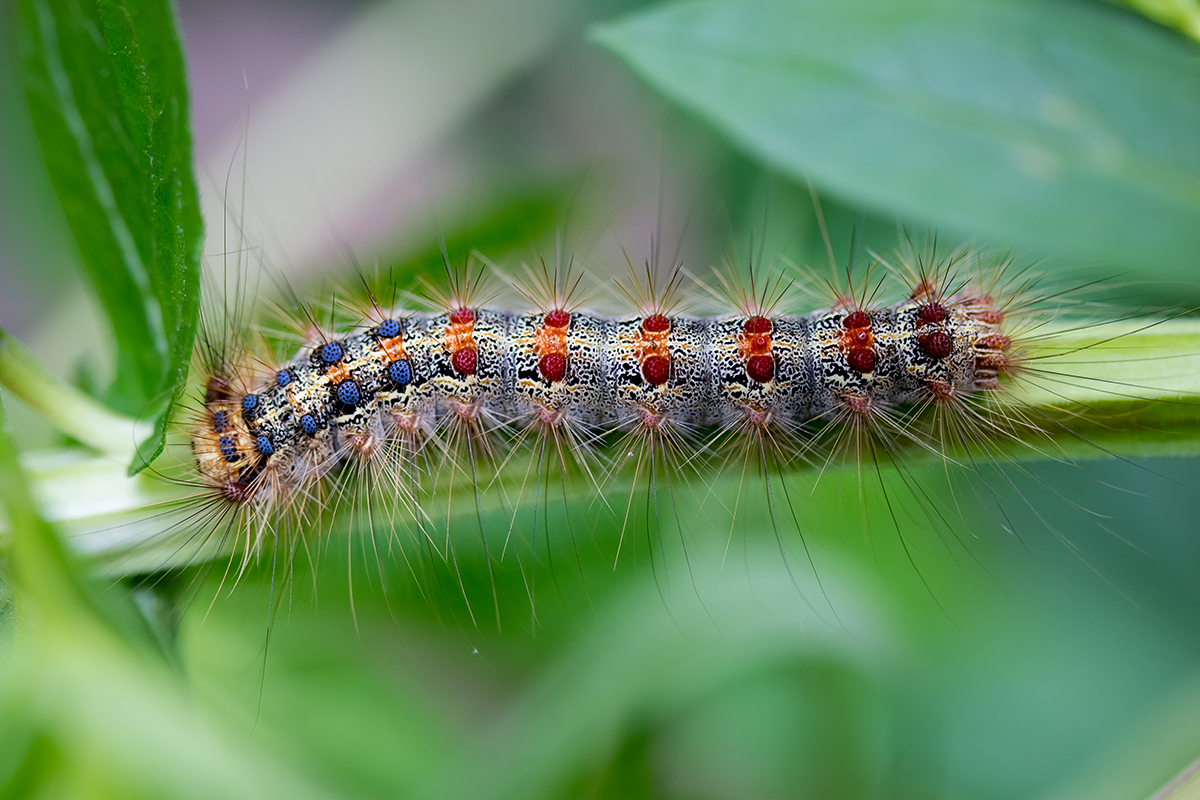This Is Why You Keep Hearing About Gypsy Moths

Gypsy moth caterpillar photo by echoe69 on Flickr/Creative Commons
If you’ve been seeing headlines about gypsy moths and you’re not sure why, read on. We put together a quick primer on these pests, as well as tips for protecting your health and your trees.
What is a gypsy moth?
It’s a species of moth native to Europe and Asia. Historians believe they were first introduced to Massachusetts by Etienne Leopold Trouvelot, a Medford-based amateur entomologist who tried to breed a hybrid gypsy-silk moth in the late 1860s.
Why do I keep hearing about them?
Last year, Massachusetts saw its first major gypsy moth infestation in 35 years. A specific variety of fungus typically keeps the invasive species in check, but a statewide drought last year kept fungus levels low and allowed the gypsy moth population to balloon. And as of late last month, scientists said this season’s eggs are beginning to hatch—setting the state up for another bout with the creatures.
What’s the big deal about some moths?
Gypsy moth caterpillars are responsible for mass deforestation. Last year, they stripped leaves from more than 350,000 acres of trees across Massachusetts, with the heaviest concentration in eastern and central parts of the state. They favor oak, aspen, apple, and willow trees, especially.
Any danger to people?
Yes. While gypsy moth caterpillars do not bite, in some people their hairs can cause a red, itchy rash that lasts between a few days and a couple weeks. Avoid contact with the caterpillars (see an image here), using gloves if you need to handle them. If you develop such a rash, take an antihistamine to relieve itching, or see your doctor in extreme cases.
Is there anything I can do to keep them away?
If you spotted gypsy moth eggs in your trees earlier this year or late last year—Massachusetts Wildlife Magazine describes them as “tawny brown egg masses”—now’s the time to call a tree care professional, who can safely apply pesticides to keep the caterpillars at bay. Mass Audubon also suggests a number of DIY solutions.


